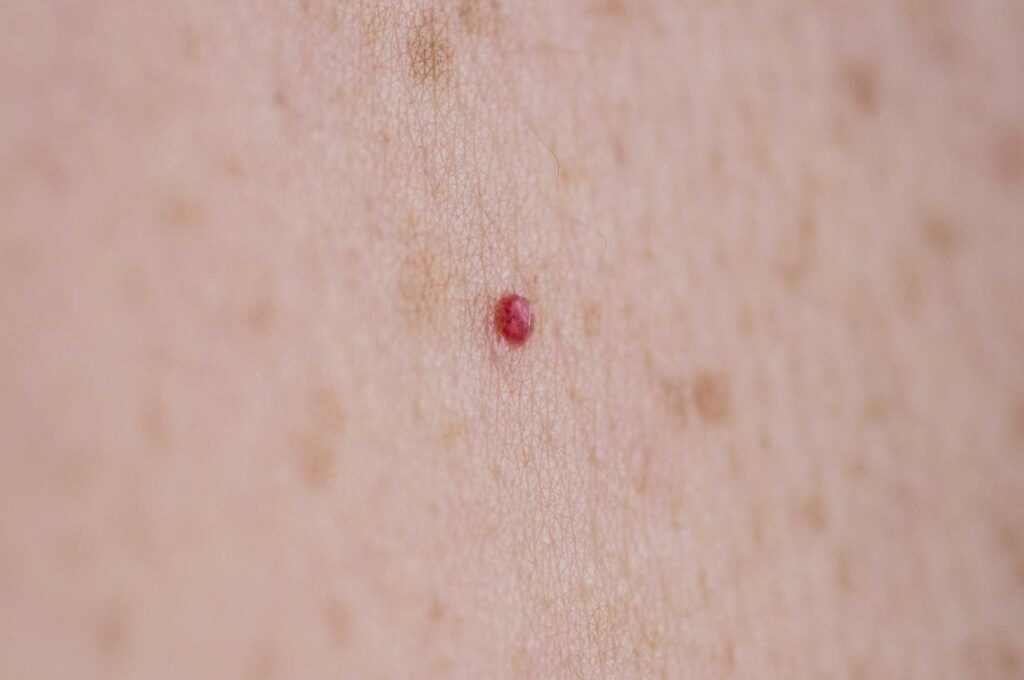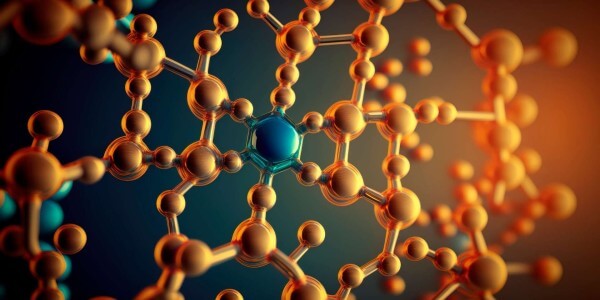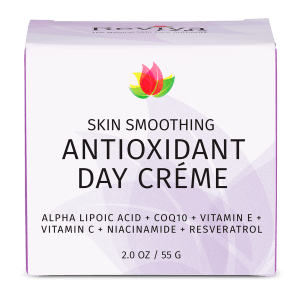Ingredients, Reviva Labs, Skin Care
What is a cherry angioma and what causes it?
A cherry angioma is a small, benign growth on the skin that’s made up of clusters of capillaries (tiny blood vessels). These spots are typically bright red due to the concentration of blood vessels and are often slightly raised or dome shaped. They’re sometimes referred to as senile angiomas or Campbell de Morgan spots, named after the British surgeon who first described them. Cherry angiomas usually appear on the torso, arms, legs, and shoulders, and they become more common with age.
Causes of Cherry Angiomas
The exact cause of cherry angiomas remains uncertain, but there are several factors associated with their development:
- Aging: One of the primary factors linked to cherry angiomas is age. They typically begin appearing after age 30 and increase in number over time, with most adults having several by age 60.
- Genetic Predisposition: Some individuals are genetically predisposed to developing cherry angiomas, meaning the likelihood of developing these spots may run in families.
- Hormonal Influences: Hormonal changes, particularly during pregnancy or as part of hormonal treatments, can also contribute to their appearance.
- Environmental Factors: Exposure to chemicals, particularly bromides, has been loosely linked with an increased likelihood of developing cherry angiomas. However, this association is not fully understood and requires further research.
- Medical Conditions: Occasionally, cherry angiomas may be linked to underlying health issues, such as liver disease or hormonal imbalances, although this is less common.
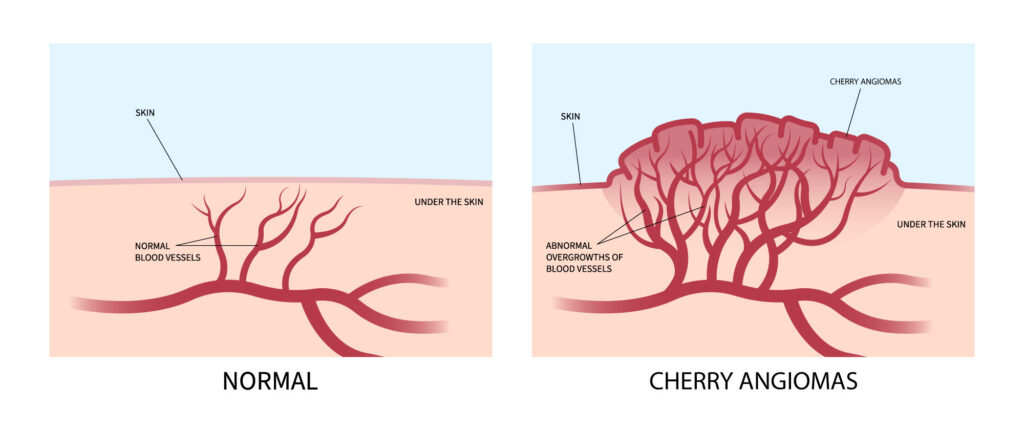
Are Cherry Angiomas Dangerous?
In most cases, cherry angiomas are harmless and do not require medical treatment. They rarely pose health risks and typically do not cause discomfort, though they may occasionally bleed if injured or irritated by clothing or shaving. If a cherry angioma bleeds excessively, changes significantly in size, shape, or color, or causes concern, it’s advisable to consult with a healthcare provider or dermatologist.
Treatment Options for Cherry Angiomas
Treatment is usually not necessary unless the angioma causes cosmetic concern or frequently bleeds. Several options are available for those who choose to remove them:
- Laser Therapy: Lasers effectively remove cherry angiomas by targeting blood vessels without damaging surrounding skin.
- Cryotherapy: This involves freezing the angioma with liquid nitrogen, causing it to blister and fall off.
- Electrocauterization: The angioma is burned off using an electric current.
- Shave Excision: A minor surgical procedure to shave off the angioma at skin level.
Each method is straightforward, typically requires minimal recovery time, and has little risk of scarring.
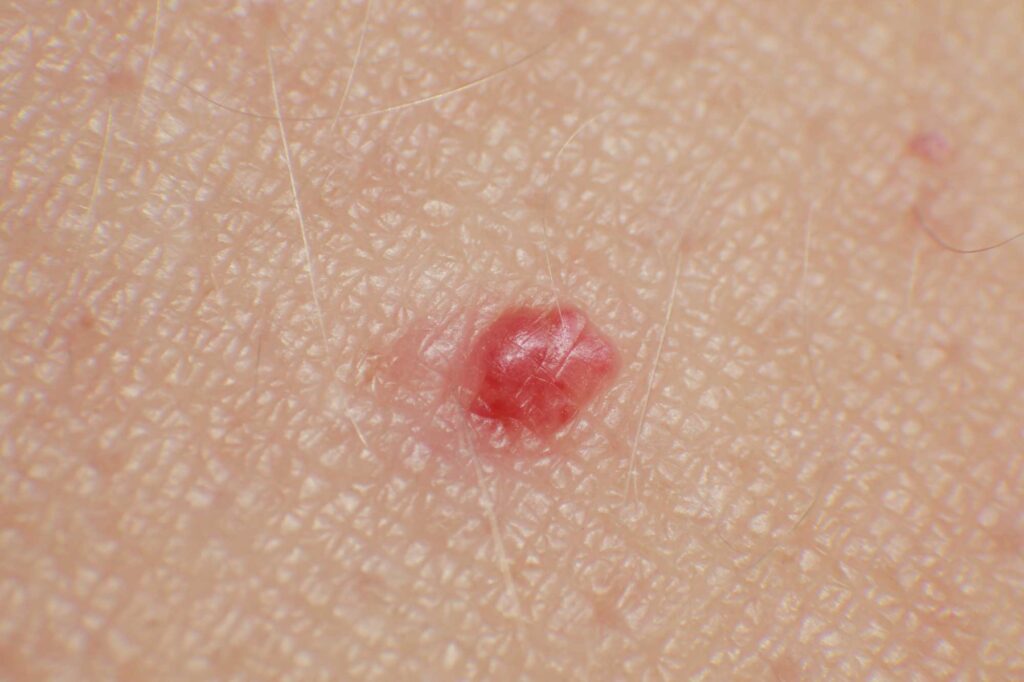
Are there Topical Treatments?
Yes, there are topical treatments available that may help reduce the visibility of cherry angiomas, though their effectiveness varies, and typically, topical treatments do not remove cherry angiomas completely. It’s important to clarify that topical methods are generally less effective compared to clinical procedures like laser therapy, cryotherapy, or electrocauterization, but they might be beneficial for smaller or superficial lesions or for reducing visibility.
Potential Topical Treatments Include:
1. Topical Retinoids (Vitamin A Derivatives)
Topical retinoids encourage cell turnover, improve skin texture, and can slightly diminish the appearance of cherry angiomas. Retinoids help smooth out the skin’s surface and reduce overall redness and discoloration. They don’t remove angiomas, but they may minimize their prominence.
2. Niacinamide (Vitamin B3)
Niacinamide is known for its skin-brightening properties and for improving skin barrier function. It also helps balance oil production and reduces redness and irritation. While it won’t completely remove cherry angiomas, a Niacinamide serum, such as Reviva Labs’ Nourishing Niacinamide Serum, can help minimize redness and discoloration, making the angiomas less noticeable.
3. Vitamin C Serums
Vitamin C is beneficial for brightening skin tone, improving collagen synthesis, and providing antioxidant protection. While it won’t remove cherry angiomas directly, it can help even out skin tone and minimize their visual impact over time.
4. Antioxidant-Rich Creams and Serums
Antioxidants like Vitamin E, Green Tea, and Resveratrol help protect skin from environmental stressors, reduce inflammation, and can slightly improve skin texture and discoloration. Antioxidant creams such as Reviva Labs’ Antioxidant Skin Smoothing Advanced Day Crème may improve overall skin health and tone, indirectly helping reduce the prominence of cherry angiomas.
5. Hydrating and Barrier-Restoring Ingredients
Using topical treatments with ingredients like Hyaluronic Acid or Aloe Vera can improve the overall hydration of your skin. Better hydration can make skin appear plumper and healthier, potentially reducing the prominence of minor skin irregularities, including small cherry angiomas.
Realistic Expectations and Recommendations
It’s essential to manage expectations when using topical treatments. While these products can enhance your skin’s overall appearance and reduce redness or minor discoloration, cherry angiomas consist of clusters of capillaries beneath the surface of the skin. Thus, topical treatments rarely eliminate them completely.
For more definitive results, dermatological procedures remain the most effective solution. However, consistent skincare with effective topical products can maintain skin health and reduce the overall visibility of these benign growths.
Always consult with a dermatologist if you’re concerned about cherry angiomas or before starting any new skincare treatment to ensure it aligns with your skin’s needs.
Prevention and Management
Currently, no reliable method exists to prevent cherry angiomas due to their uncertain causes and natural connection to aging. However, monitoring your skin regularly and protecting it from excessive sun exposure and harsh environmental factors may help maintain overall skin health. Using gentle, natural skincare products, like those provided by Reviva Labs—which avoid harmful ingredients like parabens, phthalates, sulfates, and petroleum—can keep your skin healthy and hydrated, potentially reducing skin irritations.
Overall, while cherry angiomas might cause mild cosmetic concerns, they’re generally harmless indicators of aging or genetic predisposition rather than signs of a serious medical issue

